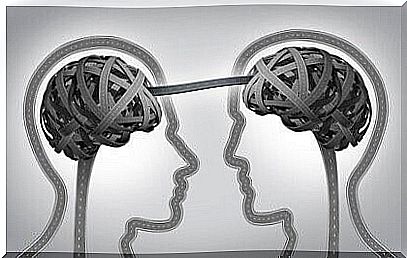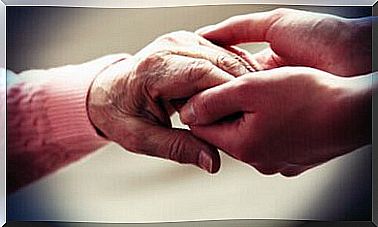The Theory Of Psychological Reactance: Rebellion Without Cause And Without Channel

We’ve all met one of those people who seems to resist anything. If you tell her to go left, she goes right. If you tell her it’s up, she says it’s down. When we ask her why, she usually responds that she doesn’t have to be like the others, or that she is just like that, or arguments of that nature. If you find yourself in this situation, you are faced with an attitude that gave birth to a theory: the theory of psychological reactance.
The theory of psychological reactance asserts that some people have a bias in the way they perceive social order and their place in it. This is why they are reluctant to follow rules, guidelines or models. It’s more motivating for them to follow a different path.
These people often view the rules as a restriction on their freedom or as an unnecessary imposition. They pride themselves on their own rebellion, even if that rebellion is not intended to achieve a relevant goal. In fact, most of the time, there is no other goal than going against the norm for the fun of it. Sometimes they do it openly and other times with cover-up.
Many adopt reactive attitudes when they feel their freedom is threatened. However, there are people who take this to the extreme. They are called “rebels without a cause”. This can cause a lot of inconvenience in their life. Let’s take a look at this in more detail.

The theory of psychological reactance and its parameters
According to the theory of psychological reactance, there are a series of parameters that define whether or not a behavior corresponds to reactivity. Sometimes people resist rules because of their arbitrariness or unfairness. In other cases, it is an inclination of their personality that leads them there.
The key parameters, according to the theory of psychological reactance, are:
- Perception of freedom: the person feels free only if he can get rid of a certain norm or a certain parameter which is exerted on him. If this happens, she feels free, although in other aspects she remains constrained.
- Proportionality with the threat: the stronger the threat is on a certain behavior, the higher the reactance. If a freedom is eliminated, the reactance peaks.
- Importance of freedom: The person experiences greater reactance when the freedoms that are very important to them are restricted. If they are not, their reactance will decrease.
- Relationship with other freedoms: if the threatened freedom is linked to other freedoms, the reactance will tend to activate with more force.
- Source of the threat: the less legitimate the source of the threat to freedom, the stronger the reactance will be.
The most typical example of reactance is identified in adolescents. When a parent, for example, limits their return time, it is quite possible that an acute reactance is activated if the parent figure is not highly respected or seen as legitimate. It is then likely that the teenager will look for a way not to respect the order given.

The effects of reactance
The theory of psychological reactance emphasizes that this type of behavior is problematic and generates a series of consequences for the person and his environment. It is a distorted way of dealing with disagreements, creating a worrying normative vacuum.
The main difficulties are as follows:
- This behavior forges bonds of mutual manipulation. This happens when one resists and the other uses trickery to overcome the resistance. Like when the employee violates a rule, the company imposes a sanction, but the employee violates another rule in order not to comply with the sanction….
- It involves unnecessary expenditure of emotional energy. What reactance does is make any conflict even more serious instead of resolving it. Supporting a conflict without surrender takes great effort, when in reality the conflict may not be worth it.
- It feeds prejudices and biases. Reactance prevents us from seeing the true meaning of a restriction. Not all limits on freedom are negative. Many of them aim to ensure a greater degree of justice or collective well-being.
When a rule or mandate infringes individual freedom in an essential area, rebellion is perfectly legitimate. However, this is quite different from adopting an attitude of systematic disobedience. We are talking here about an attitude that can enormously exhaust the person who uses it as a shield, but also the people around him. In addition, she will most likely stray from her original goals and objectives by behaving in this way.










